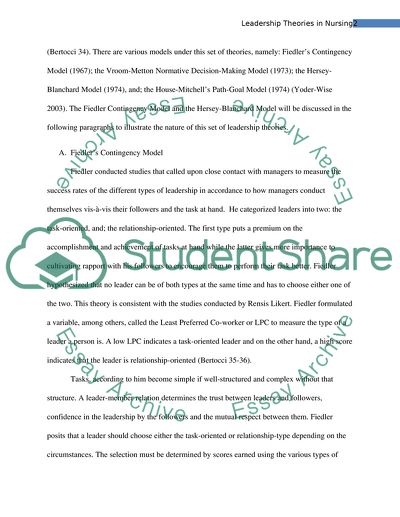Cite this document
(“Leadership Theories In Nursing Research Paper Example | Topics and Well Written Essays - 2500 words”, n.d.)
Leadership Theories In Nursing Research Paper Example | Topics and Well Written Essays - 2500 words. Retrieved from https://studentshare.org/nursing/1577246-leadership-theories-in-nursing
Leadership Theories In Nursing Research Paper Example | Topics and Well Written Essays - 2500 words. Retrieved from https://studentshare.org/nursing/1577246-leadership-theories-in-nursing
(Leadership Theories In Nursing Research Paper Example | Topics and Well Written Essays - 2500 Words)
Leadership Theories In Nursing Research Paper Example | Topics and Well Written Essays - 2500 Words. https://studentshare.org/nursing/1577246-leadership-theories-in-nursing.
Leadership Theories In Nursing Research Paper Example | Topics and Well Written Essays - 2500 Words. https://studentshare.org/nursing/1577246-leadership-theories-in-nursing.
“Leadership Theories In Nursing Research Paper Example | Topics and Well Written Essays - 2500 Words”, n.d. https://studentshare.org/nursing/1577246-leadership-theories-in-nursing.


